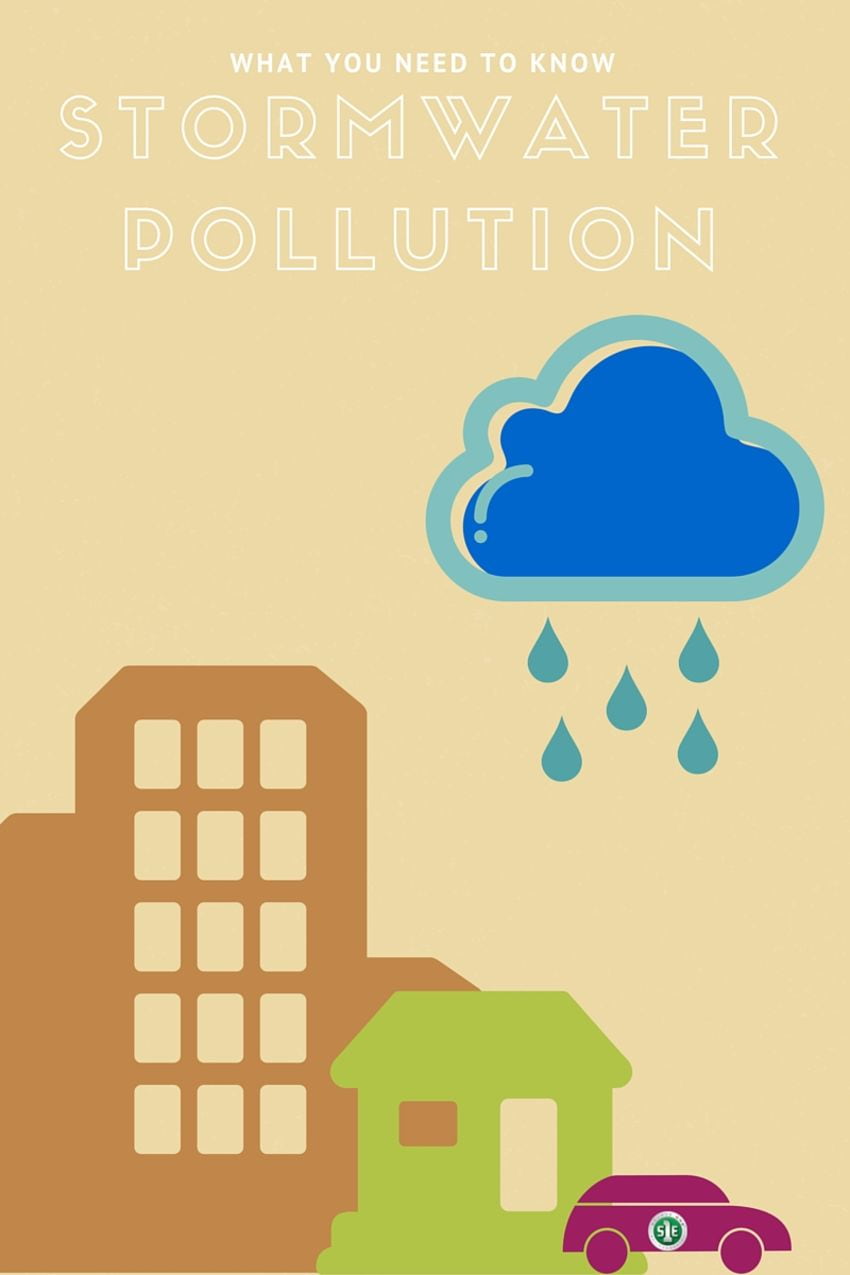
Stormwater is rain or melted snow that flows off roofs, lawns, pavements and other surfaces. In more rural areas, the soil will absorb and filter the water to replenish the surrounding aquifers. In urban environments, the runoff picks up chemicals, pollutants and debris and flows into a storm drain or directly into nearby water source. The runoff enters these areas without any kind of filter and causes hazardous consequences to plants, animals and people.
Stormwater pollution is a growing concern for cities across the United States—namely because a prevention plan or treatment plant can’t solve the entire problem. Often, soil, plants and treatment facilities have no opportunity to filter out the toxins. During heavy rain or snow periods, many systems will overflow and dump untreated sewage directly into nearby bodies of water. The pollution is increased in urban and suburban areas by human activities containing nitrogen and phosphorus from vehicles (oil, grease, coolants) fertilizers, pets, yards and other waste that ends up on the ground.
Although developed or developing areas only cover 3% of the United States, urban stormwater runoff has impaired 13% of all rivers, 18% of all lakes and 32% of all estuaries. That’s over 38,114 miles of rivers and streams, 948, 420 acres of lakes, 2,742 square miles of bays and estuaries and 79,582 acres of wetlands that have been impaired by pollution. And unfortunately, these numbers do not include discharge from municipal separate storm sewer systems and permitted industries, like construction.
Ways to decrease your stormwater impact:
- Green infrastructure is a growing trend that addresses runoff and overflow problems with low-impact technology. This process allows the plants to filter out pollutants because the water is so slowly infiltrated into the ground. Green infrastructure includes drainage, rain gardens, pervious pavement, rain barrels, green roofs and more.
- Do not dump anything down stormdrains—only rain belongs in the drain! Put litter and debris in trash cans and dispose of toxins appropriately.
- Take care of your vehicle. Wash it at a car wash where the wastewater is commonly recycled or treated immediately after and routinely fix fluid leaks and spills.
- Reduce the amount of fertilizers, pesticides and herbicides in your garden, or consider using organic fertilizers. Consider landscaping techniques that will retain rain water and prevent soil erosion. Compost mulch and yard clippings. Mow less often and keep your lawn at 3” in height. Do not overwater lawn and gardens. Sweep any clippings and debris into your lawn so it does not enter the drain.
- Pick up after your pet and do not let you pet swim in local waterways
- Inspect and maintain septic tanks regularly
- Support local storm or surface water program
By making a few lifestyle changes or following the local stormwater runoff management regulations, nearby water sources will benefit greatly. Positive effects could include protected aquatic ecosystems, improved water quality, water resource conservation, protected public health and flood control.
About S1E: Source One Environmental (S1E) was established in 2009 to provide innovative solutions for municipalities, contractors and plumbers in the water management and infrastructure rehabilitation markets. S1E manufacturers trenchless repair products that provide customers with an environmentally-friendly and cost-effective solution while offering on-site training and consultations.
